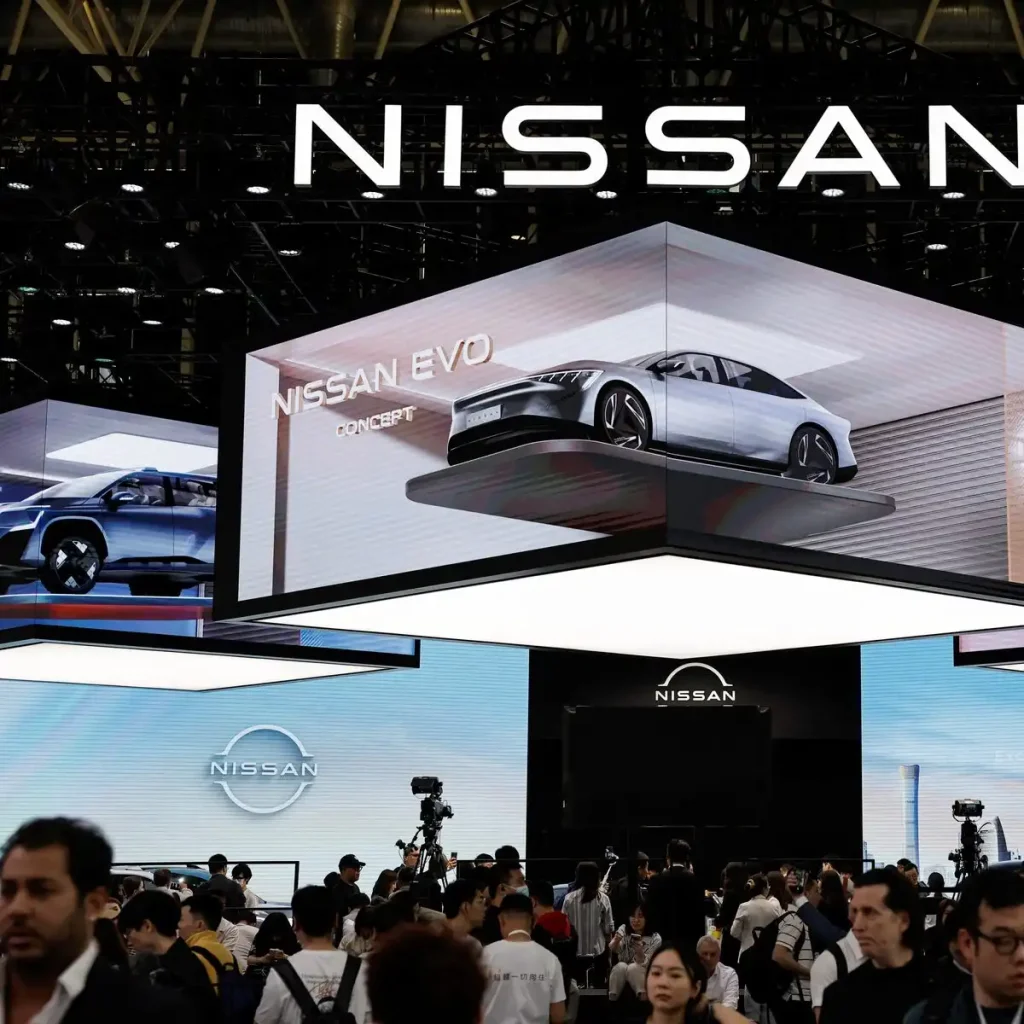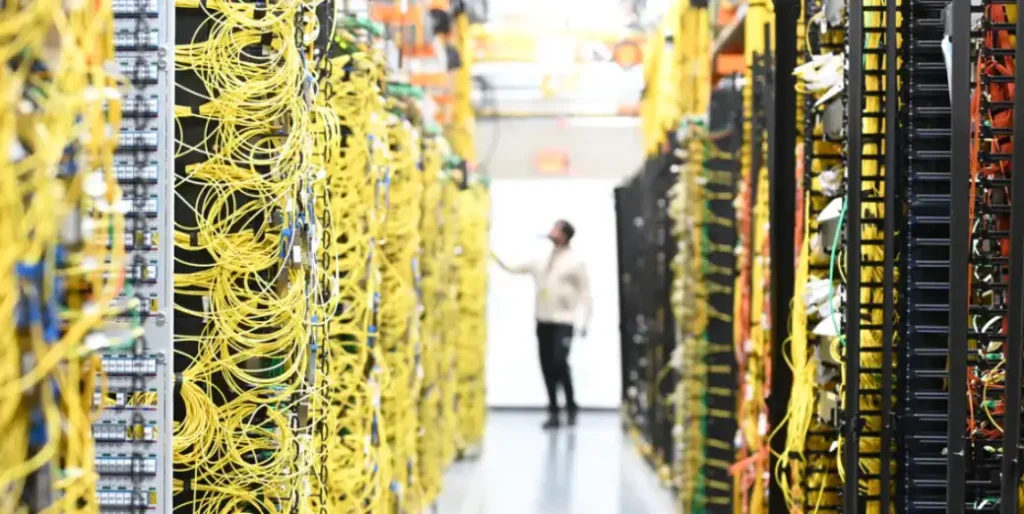Nissan Motor Co. has projected its worst annual financial performance in company history, anticipating a net deficit ranging from 700 billion to 750 billion yen—equivalent to roughly $4.91 billion to $5.26 billion—for the fiscal year that concluded in March. This staggering estimate, released on Thursday, significantly surpasses the automaker’s earlier projection of an 80 billion yen shortfall. The grim outlook emerges as incoming CEO Ivan Espinosa initiates sweeping reforms to reverse years of operational setbacks.
Multi-Billion Yen Asset Write-Downs Across Global Markets
The bulk of Nissan’s expected loss stems from hefty asset devaluations totaling over 500 billion yen. These write-downs followed a rigorous reassessment of its manufacturing resources across major regions, including the United States, Latin America, Europe, and Japan. In addition to the asset impairments, Nissan expects to incur more than 60 billion yen in further charges tied to its global restructuring efforts, which involve shutting down facilities, scaling back production capacity, and reducing its global workforce.
In a statement addressing the revised outlook, Espinosa remarked, “We have carefully reviewed our financial performance and asset values, and are adjusting our forecast accordingly to reflect this in a realistic manner.”
Declining Outlook Highlights Urgency for Business Overhaul
This record-breaking projected loss highlights just how critical Nissan’s situation has become. Once a dominant player in the global auto sector, the company has faced intensifying competition, internal instability, and product line misalignment in recent years. Espinosa’s leadership marks a new phase for Nissan, centered on downsizing its operations and restructuring its global manufacturing strategy to regain financial stability.
Nissan has already started executing on its recovery plan, which includes workforce downsizing and factory closures in markets deemed underperforming or unsustainable. While details on which specific sites will be affected remain undisclosed, company insiders suggest that operations in certain regions may be significantly scaled back.
Merger Talks with Honda Collapse Over Control Issues
Complicating matters further, Nissan recently withdrew from merger discussions with Honda Motor Co., which had aimed to establish a $60 billion joint automotive group. The negotiations ended in February after Honda reportedly proposed that Nissan become a subsidiary in the merged entity—a move Nissan was unwilling to accept.
Although the failed deal represented a lost opportunity to consolidate market share and reduce operational costs, Nissan appears committed to pursuing independent recovery efforts aligned with Espinosa’s strategic vision. The company has not ruled out future partnerships, but any such collaborations would need to support its new direction.
Earnings Forecast Cut, Dividend Scrapped Amid Financial Strain
In addition to the net loss estimate, Nissan also trimmed its full-year operating income forecast to 85 billion yen—a 30% drop from prior projections. The revised profit target reflects continued struggles in core markets, alongside the financial burdens of restructuring. To preserve capital and reinforce its balance sheet, Nissan confirmed that it will not distribute a dividend for the fiscal year.
This cautious stance is expected to concern investors, especially as the company’s share price continues to face pressure amid persistent financial uncertainty. Analysts and shareholders alike will closely scrutinize Nissan’s performance when it announces official earnings results on May 13.
Past Troubles Set the Stage for Current Crisis
Nissan’s current turmoil has roots stretching back several years. The high-profile 2018 arrest of former chairman Carlos Ghosn triggered widespread leadership changes and internal disarray, shaking investor confidence and damaging the company’s reputation. In the years since, the automaker has struggled to modernize its vehicle portfolio, maintain profitability, and compete effectively against tech-driven rivals such as Tesla and BYD.
Sales in major markets like the U.S. and China have declined, and Nissan’s product offerings have failed to match evolving customer expectations, particularly in the electric vehicle segment. Global supply chain bottlenecks during the pandemic further exacerbated its woes, delaying production schedules and reducing dealership inventories.
Espinosa Charts a Path to Revival Through Leaner Operations
Espinosa, known for his engineering acumen and operational rigor, has taken the helm at a critical juncture. His recovery plan centers on streamlining Nissan’s global footprint, focusing on high-margin models, and boosting investment in electric and smart mobility technologies. The company aims to shed inefficiencies, phase out unprofitable products, and redirect resources toward innovation.
Though the long-term plan has been met with cautious optimism, many industry experts believe the path to profitability will be challenging. “They’re doing what they need to do—cutting back and recalibrating,” said Koji Takahashi, a Tokyo-based auto analyst. “But rebuilding global competitiveness will take more than just cost-cutting.”
Will Nissan Recover from Its Deepest Financial Crisis?
Despite the alarming numbers, Nissan insists that its strategic reset will position it for a more sustainable future. By realigning operations, focusing on key growth markets, and adapting to the industry’s rapid shift toward electrification, the company believes it can bounce back over time.
Much will depend on whether Espinosa can deliver meaningful progress over the next several quarters. Investors are eager for signs that cost-saving measures are translating into improved efficiency and profitability. Market watchers also want to see evidence that Nissan can regain its footing in the EV market and deliver competitive, forward-looking models.
With global auto manufacturers racing toward electric and autonomous innovation, Nissan must now prove that its restructuring is not just damage control—but a foundation for a long-overdue comeback.












